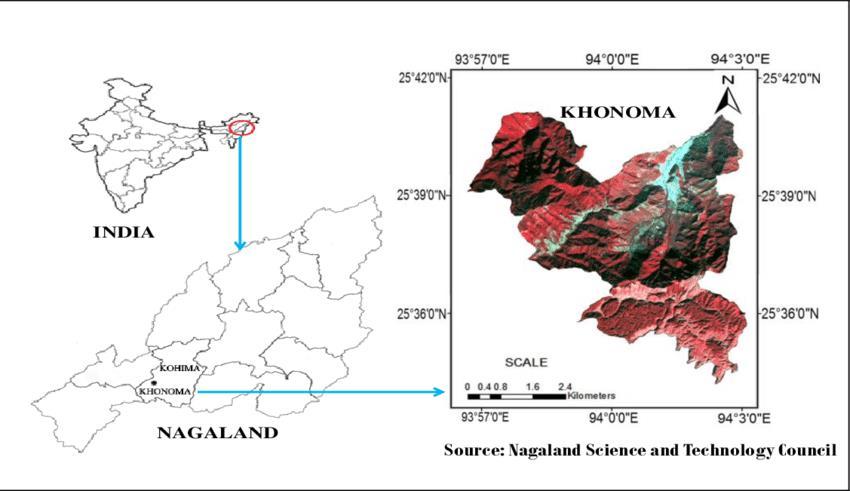
5 minute read
TRADITIONAL SUSTAINABLE SETTELMENT
Khonoma , Nagaland
❑ Terraced Cultivation
Advertisement
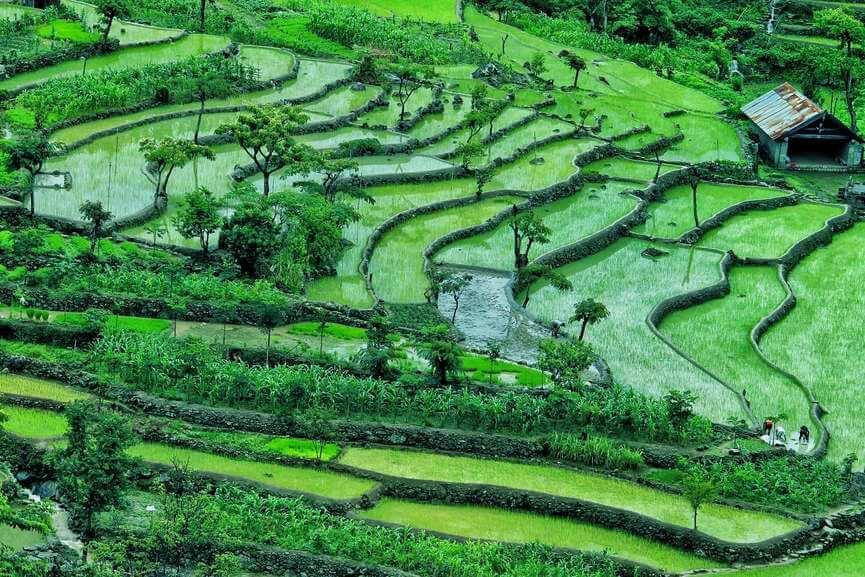
Primarily used for rice cultivation For farming they don‘t use any chemical pesticides or fertilizers instead the villagers use sewage and tree as organic m anure.
❑ Solid Waste Management
Intoduction
• Khonoma is an Angami Naga village located about 20 km west from the state capital, Kohima in Nagaland, India.
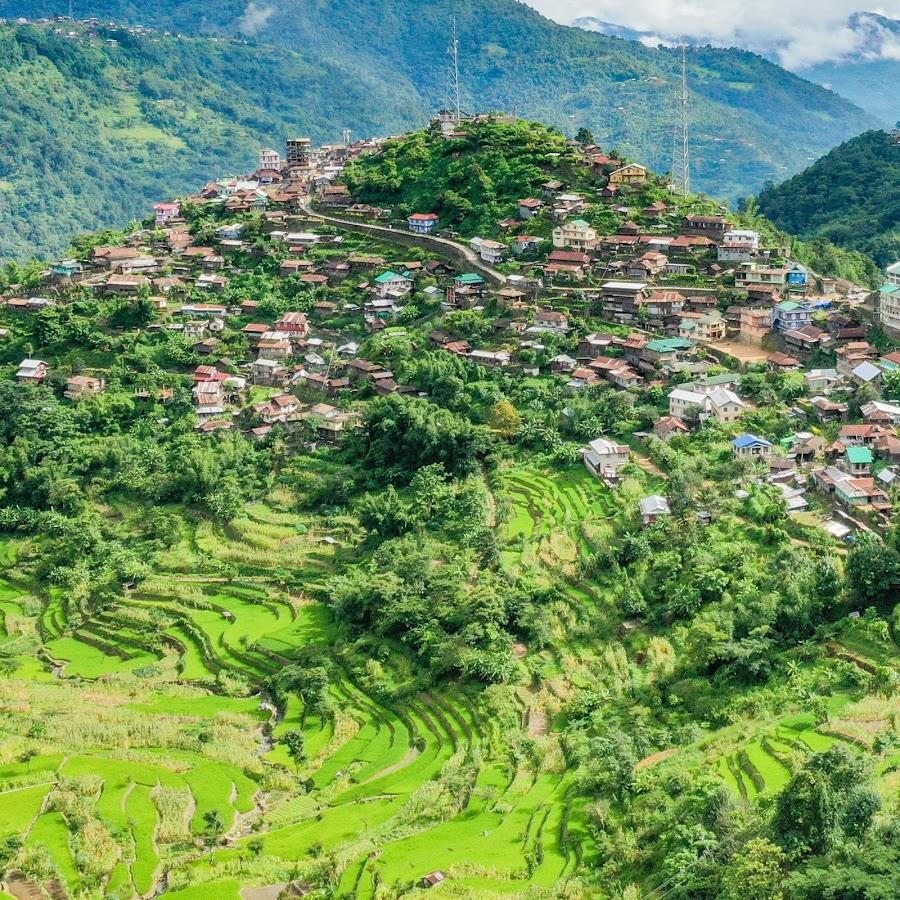
• The total population of the village is about 1943, settled in 424 households. It is the first green village in India.
• The village is also known for its master craftsman‘s in the art of weaving with bamboo and cane.
AREA : spread over an area of 123sq.km .
CLIMATE : Monsoonal (wet-dry) climate.
❑ CONSTRUCTION TECHNICS
Houses are constructed of mud and bamboo . Village some of homes are now made of brick and concret e
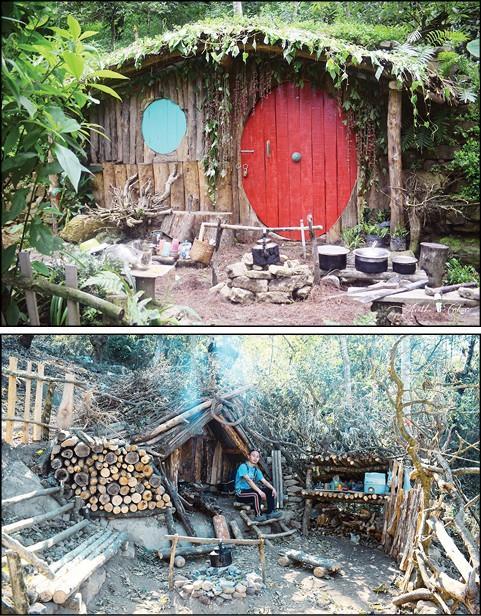
❑ Biodiversity
Khonoma has majestic mountains, beautiful waterfalls an d dense forests. The village is rich in biodiversity a large number of -birds and medicinal plants and many rare flora and fauna have been inventoried as part of the Green Village initiative.
waste generated in the village is being segregated and disposed by Incineration. NAME-VAISHNAVI
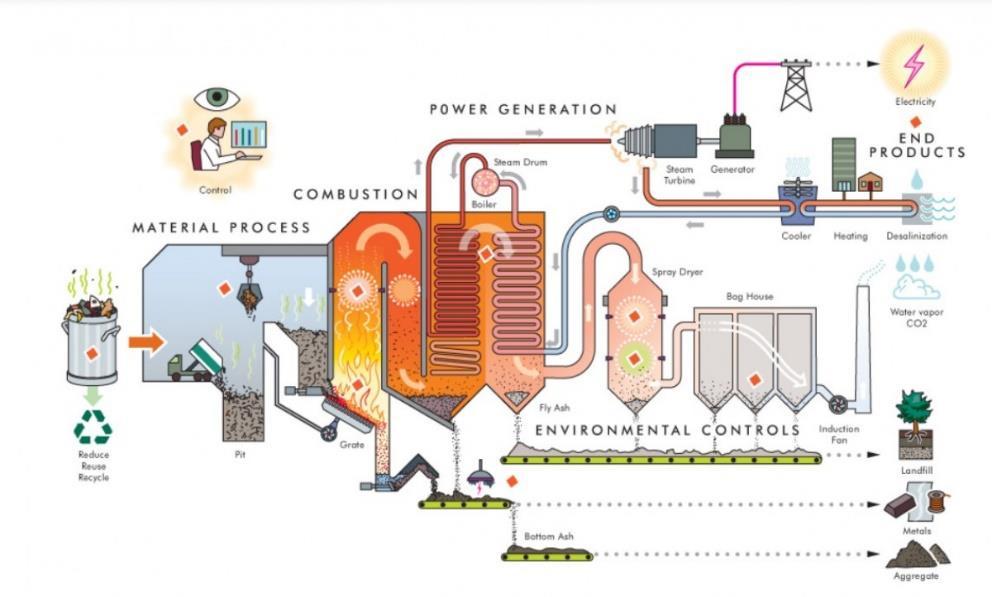
FINAL YEAR B.ARCH DIV-B
ROLL NO. 25
❑ Water Management
The Rain water harvesting system, re-use of water and underground water recharge through pond and well.
❑ House Gardening
The As a part of tradition each house devel ops a small garden in front of their house. I n which they plans the beautiful and vivid colour flo wer plants, daily use vegetables and medicinal plants, which make the households self suff icient
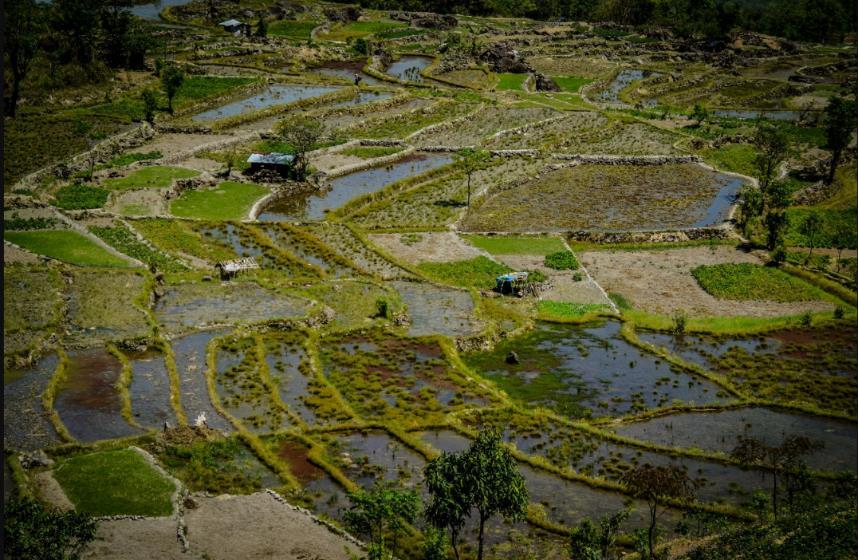
❑ Cooking in the Centre of House
The Naga families practice to cook food in the centre of house so that the fumes and smokes kill the insects and the wooden structure could remain intact for years
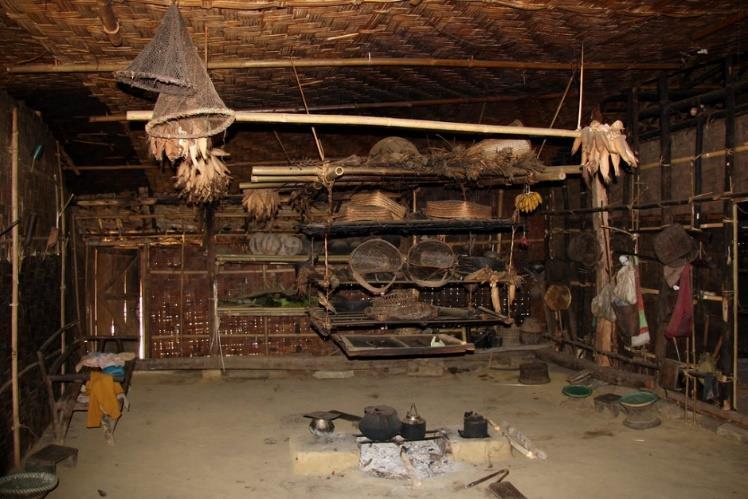

❑ Village Power Consumption
CFL or LED bulbs have been used to save power Air conditioned is not being used by any of the residents Street light is powered by solar clean technology
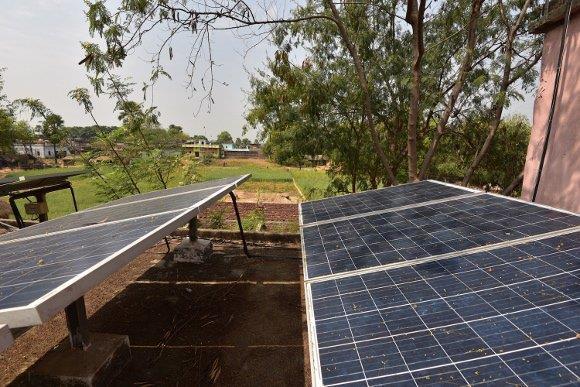
NAME-VAISHNAVI B. PATIL
FINAL YEAR B.ARCH DIV-B ROLL NO. 25
ECO- SYSTEM

The self –sustaining structural and functiona l interactionbetween living and non-living component.
Interaction of biotic and abiotic factors
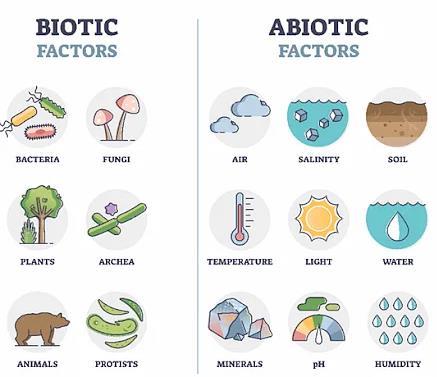
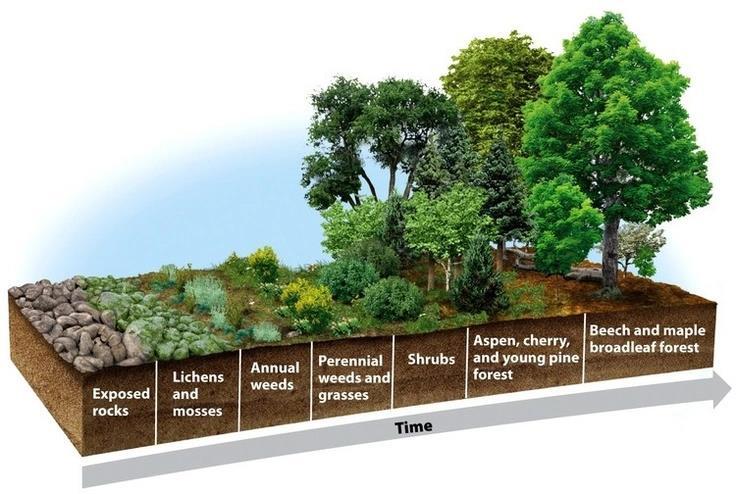

Succession - Gradual change in biotic community to form a stable community.
Biotic community is dynamic - Changes constantly , reaches an equilibrium called climax community.
Decomposer – Feed on dead and decaying matter (detritus)
Plants take up energy from sun.
NAME-VAISHNAVI B. PATIL
FINAL YEAR B.ARCH DIV-B
ROLL NO. 25
An ecosystem is a structural and functional unit of ecology where the living organisms interact with each other and the surrounding environment.


Atmosphere
An atmosphere is made of the layers of gases surrounding a planet or other celestial body. Earth's atmosphere is composed of about 78% nitrogen, 21% oxygen, and one percent other gases.
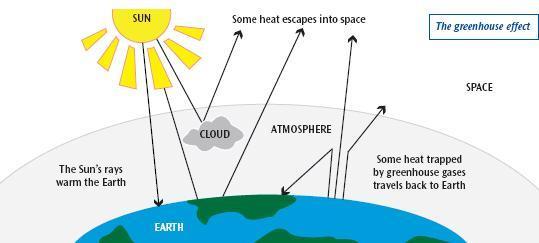
Manmade Ecosystem
Artificial ecosystems are human-made structures where biotic and abiotic components are made to interact with each other for survival. It is not self-sustaining and can perish without human help. Examples of artificial ecosystems include aquariums, agriculture fields, zoos, etc.

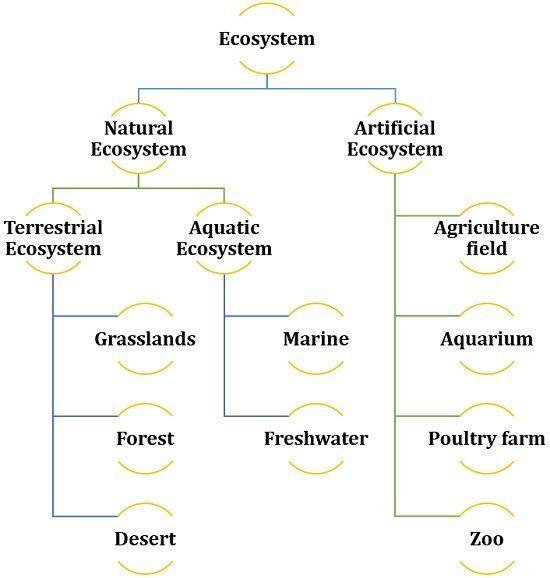
Impact Of Human On Enviorn Ment
Humans impact the physical environment in many ways : overpopulation, pollution, burning fossil fuels, and defor estation. Changes like these have triggered climate chan ge, soil erosion, poor air quality, and undrinkable water.
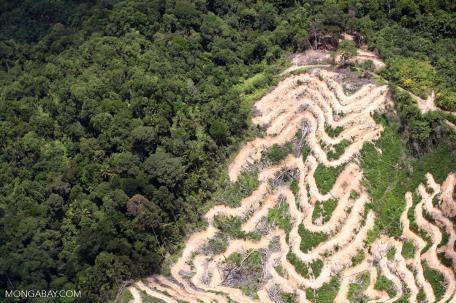

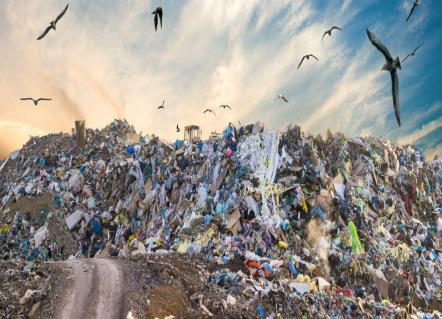
Construction Impact On Ecosystem

Every single construction action has an impact on the environment. From the materials that we choose, the technologies that we use, to the construction sites we build, all gen erate carbon gases that cause global warming. Of course, we cannot stop our business es and the whole economy, but we can balance our environmental impact with thoughtful actions.
Climate
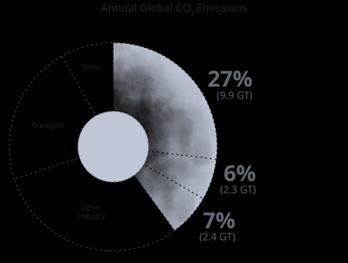
Climate is the long-term weather pattern in a re gion, typically averaged over 30 years. More rig orously, it is the mean and variability of meteor ological variables over a time spanning from m onths to millions of years
Atmosphere
Weather
Weather is the state of the atmosphere, including temperature, atmospheric pressure, wind, humidit y, precipitation, and cloud cover. It differs from . climate, which is all weather conditions for a particular location averaged over about 30 years.
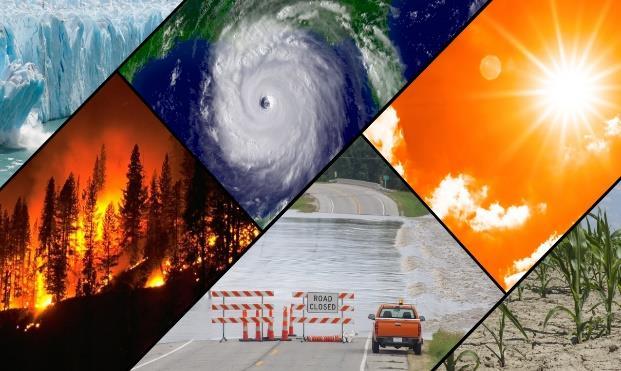
Natural Resources

Contemporary Sustainable Settelment
LOCATION : MASDAR CITY
•Masdar City is located 17 kilometers southeast of Abu Dhabi in the United Arab Emirates.
•Spread across 6 km², the city will house 50,000 people.
•Powered by 100% renewable energy, it will be completely car-free.
•Masdar City in UAE will become the world's first "zero-carbon " and "zero-waste" city.
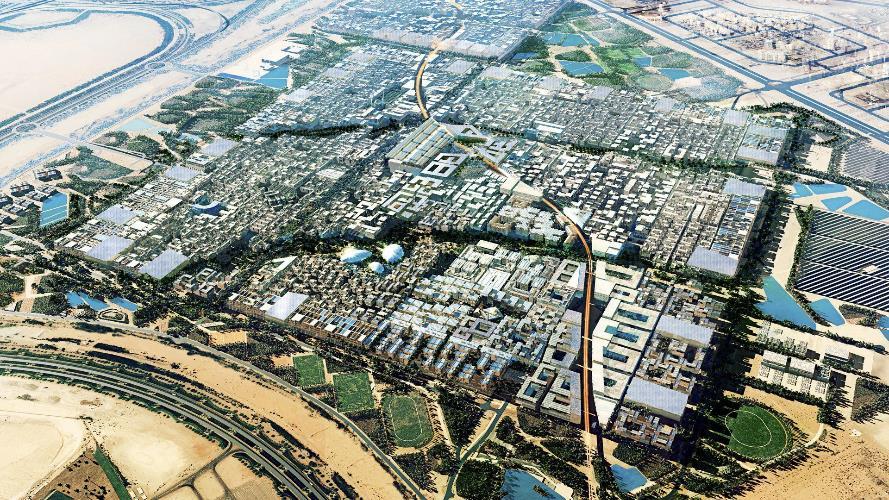
Energy Manegment
• Insulation
• Low energy lighting specification
• the percentage of glazing (ie., windows)
• optimizing natural light,
• installing smart appliances, ex: building
• management systems
• a citywide energy management system that interacts to manage the electrical load on the grid - all along
• the system, from the utility tothe consumer.
Water Manegment
• storm-water capture will be built into the landscaping to collect major water from major rain falls.
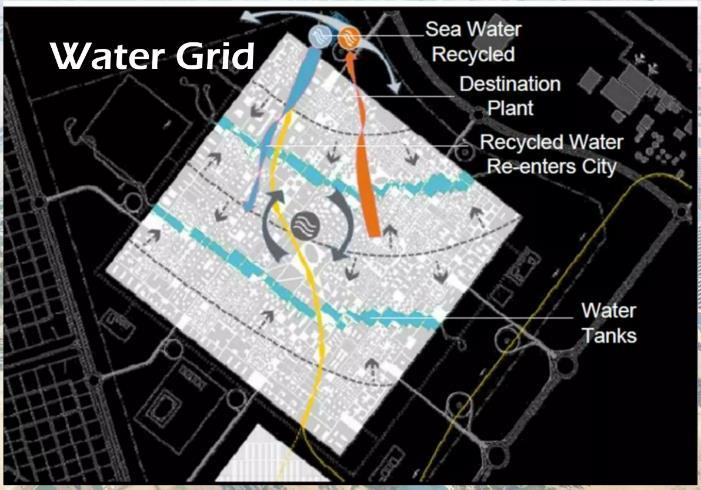

• With its endless deserts, its hyper-arid climate and salty seas natural water supply in the Middle East is rare.
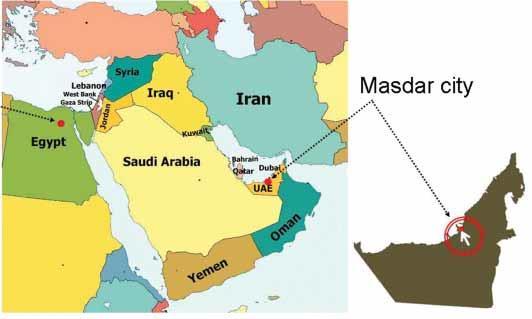
• Around 80% of the water in Masdar City will be recycled

Designing Features
• Passive strategiesthe city's (and buildings orientation (with regards to the sun and prevailing winds) and its form. most effective is building performance optimisation, such as an efficient envelope and systems, and smart building management
Savings
Energy efficient design
Energy generation from renewable resources
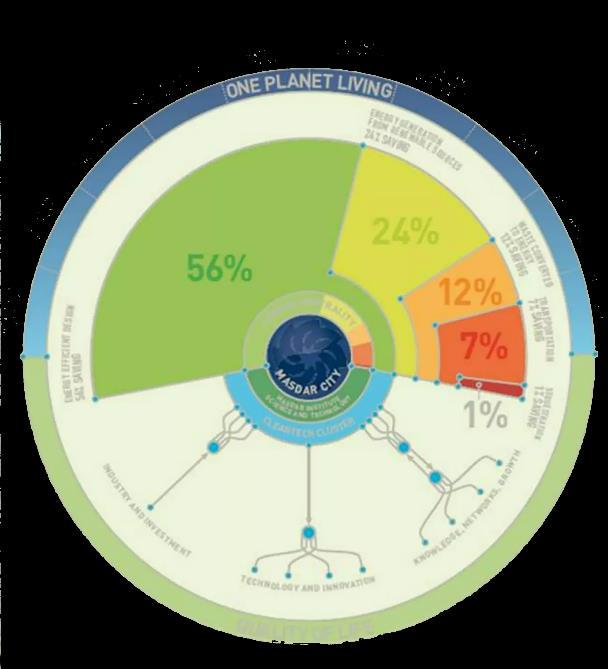
Waste converted to energy
Transportation
Sequestration
100% Powered by renewable energy
170 MW
Photovoltaics
<30 KW per capita per day energy use (9x less than USA)
• Active strategiesrenewable energy, designers first concentrated on orientation and performance optimisation, thereby reducing a large amount of energy demand NAME-VAISHNAVI
Construction Material
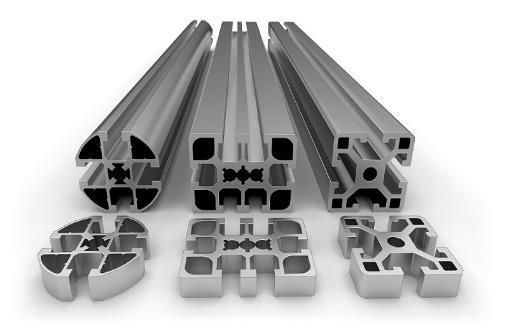

Principles Of Sustanability
CONCLUSION –
• Maximum Use Of Climatic Conditions .
• Use Of Recycled Materials
• Sustainable Planing.
• Energy Efficiency Design .
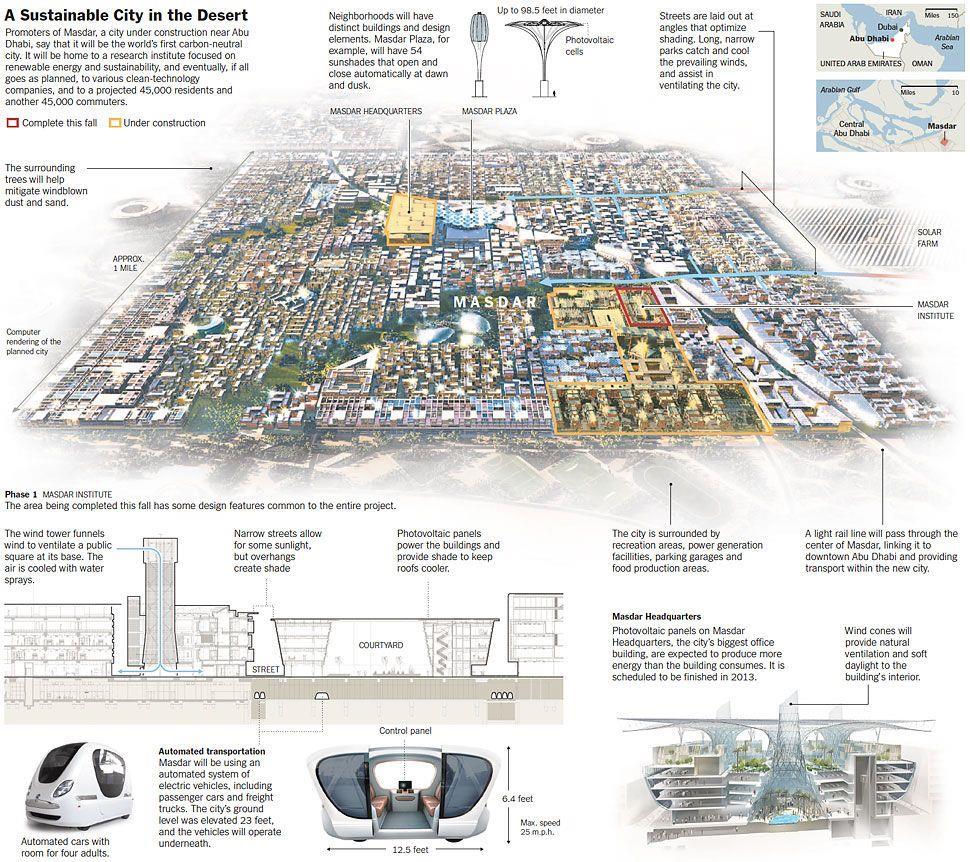
• Implementation Of Design Strategies.
NAME-VAISHNAVI B. PATIL
FINAL YEAR B.ARCH DIV-B
ROLL NO. 25
Strategies Of Sustainable
Solar Thermal Energy

This strategy can be used to pre-heat water from the municip al main, or well, to decrease the amount of energy needed by an on-demand water heater
Greywater Re-use
Greywater is a term used to describe water that has been used for showering, bathing, and hand-washing.
Active Design Strategies
Active design strategies use purchased energy (including electricity and natural gas) to keep buildings comfortable. These strategies include mechanical system components such as air-conditioning, heat pumps, radiant heating, heat recovery ventilators, and electric lighting.
Solar-electrical Power
Solar Electrical Power is generated by photovoltaic (PV) modules that harvest energy from the sun and convert it into electrical Energy.
High Efficiency HVAC System
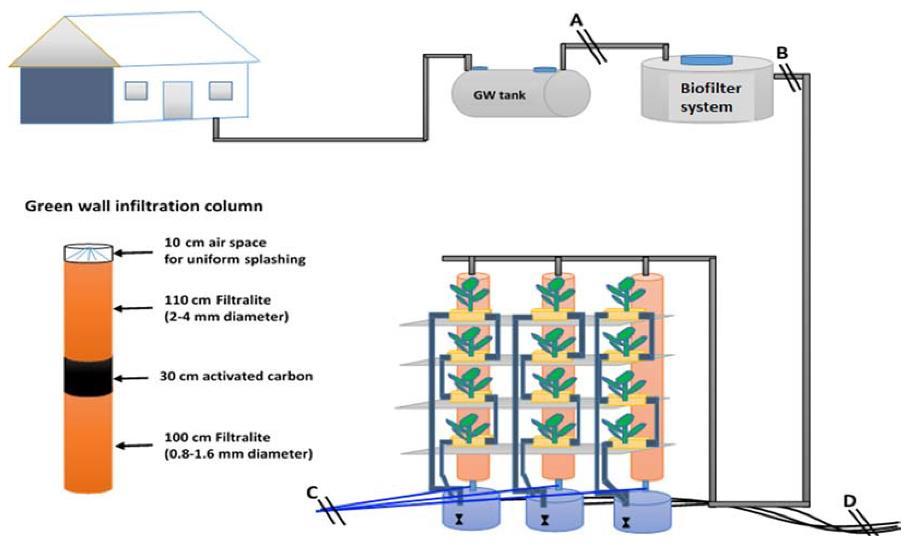

An HVAC system refers to mechanical systems for Heating, Ventilation & Air Conditioning to maintain the desired environmental conditions within a space
Building Automation
Building Automation refers to the computer networking of electronic devices designed to monitor and control the HVAC, security, fire & safety, lighting, humidity and audio-visual control systems within a building.
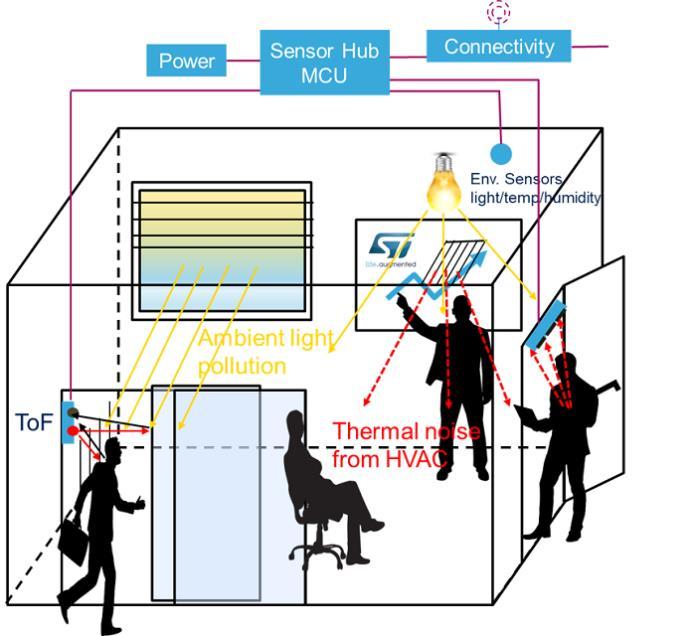
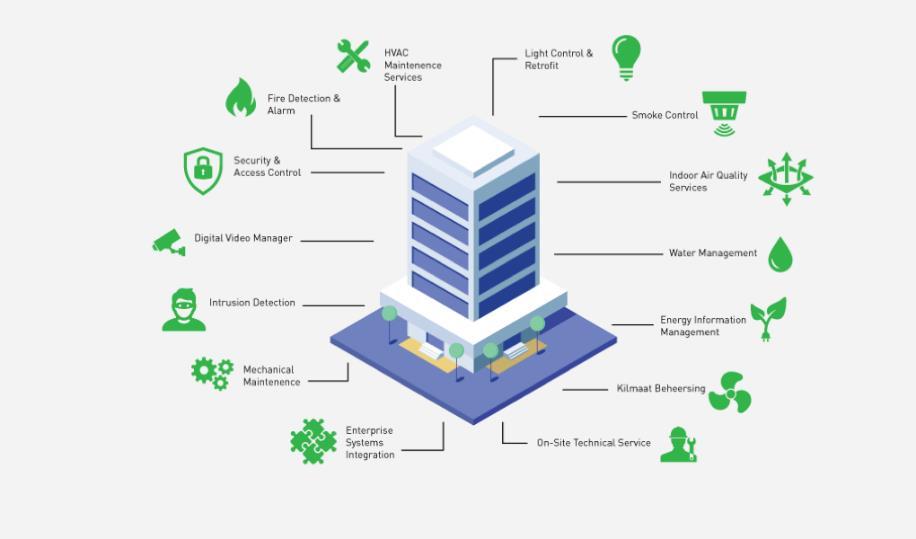
High-Efficiency Appliances
High-Efficiency Appliances must meet regulated targets for energy consumption. These targets are set lower than typical energy-use for the same appliance.

Passive Design Strategies
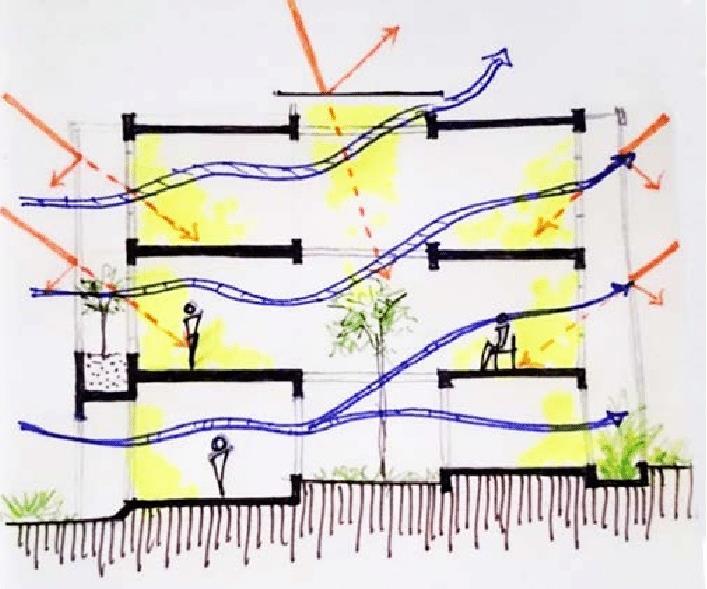
Passive strategies are integrated into the design of a building to work with natural elements on a site (including sun and wind patterns) to provide natural heating and cooling of spaces through different seasons.
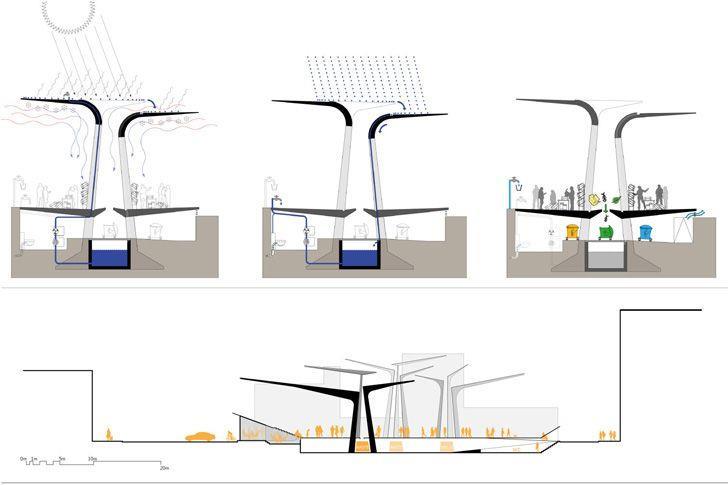

Site-optimization
Careful consideration of a building site will: minimize the disturbance on the land, protect current vegetation, mitigate the need for additional infrastructure, and provide opportunities for daylighting, solar heat gain, and natural shading and ventilation.
Natural Cross-Ventilation
Natural Cross-Ventilation occurs when air enters a building through openings such as windows and doors on one side, and exits on the opposite side.
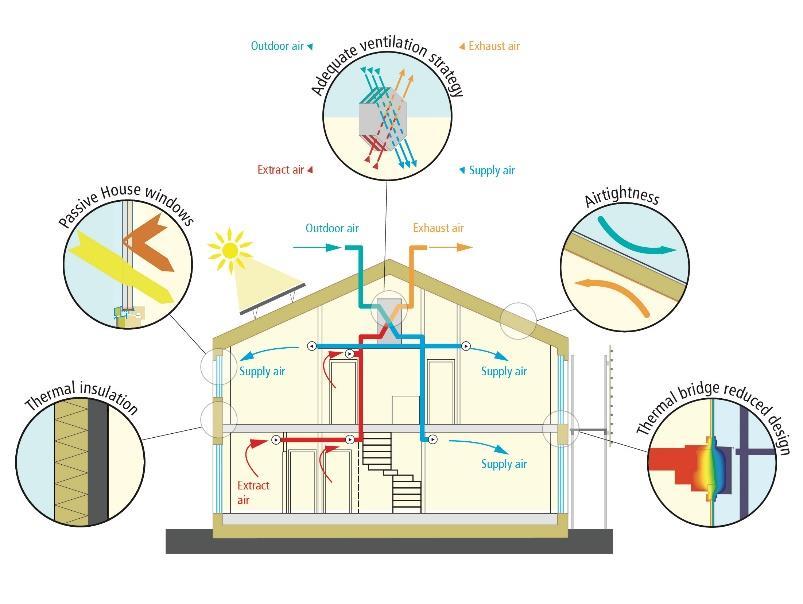

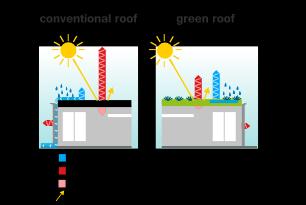
Natural lighting
Natural lighting, also known as daylighting, is a technique that efficiently brings natural light into your home using exterior glazing (windows, skylights, etc.), thereby reducing artificial lighting requirements and saving energy.
Roofing
High albedo roofing materials reflect sunlight and limits the amount of heat absorbed by the roof to reduce unwanted heating of attic an d top floor spaces
Choice Of Materials
Choice of material depends on the outside climate around the building . However, the properties of material used, which governs their usage, can be noted as three different properties i.e. color, insulation property and assembly type.
Rainwater Collection
Rainwater Collection harve sts runoff water from roofs and other horizontal surfaces to be reused on the property.




